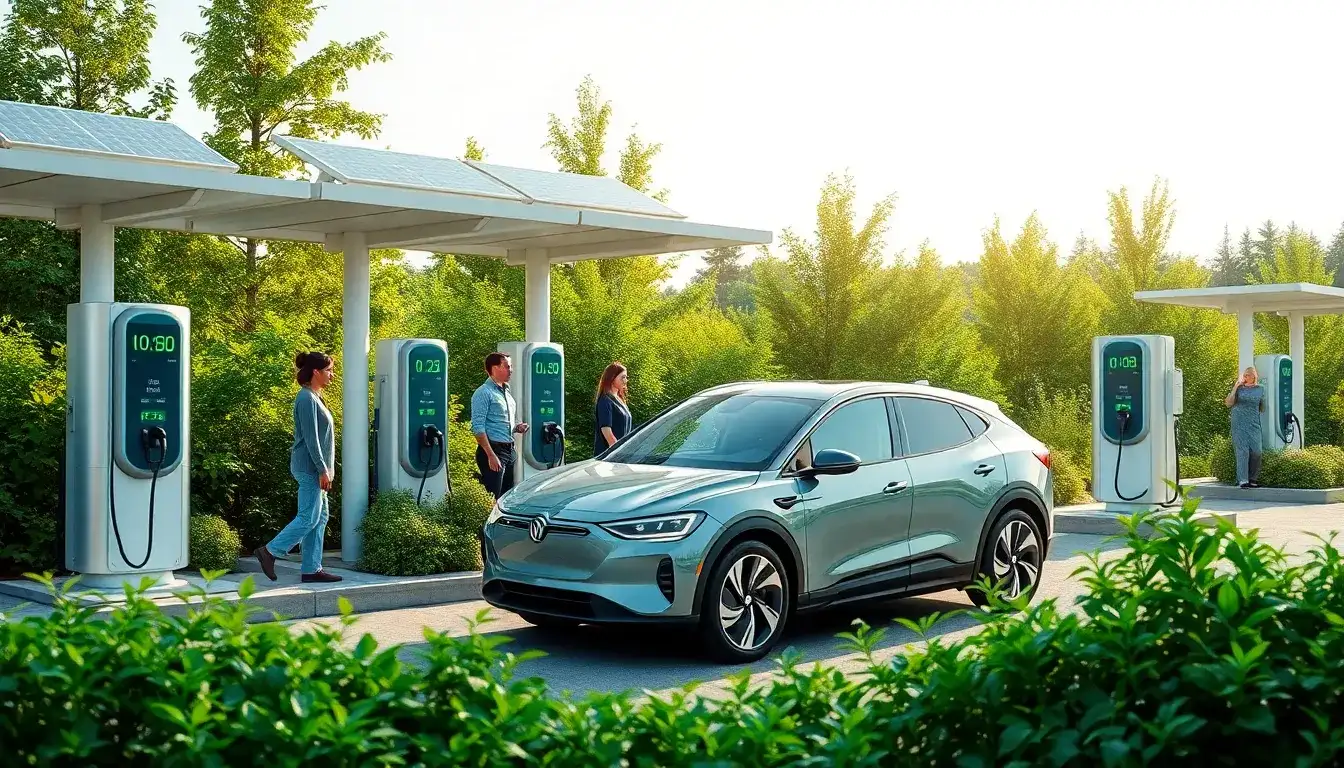
With the rise of the digital age, the characteristics of electric vehicle charging have reached a conclusion. As of March 21, 2025, the electric vehicle market has evolved significantly. The new energy sector has witnessed a surge in charging infrastructure, leading to increased accessibility and convenience for users.
On March 18, the electric vehicle industry announced a collaboration aimed at establishing the largest-scale electric vehicle charging network. Additionally, the market is projected to reach a maximum investment of 25 billion yuan, emphasizing the sector’s commitment to developing a robust infrastructure.
Recent agreements have solidified plans for the construction of 1,000 charging stations by 2025, aiming to meet the target of 3,000 charging stations countrywide. The CEO of a leading electric vehicle company has stated that this collaboration will greatly enhance the synergy between electric vehicles and charging networks.
By 2024, the goal is to have 22 million electric vehicles on the road, with a targeted increase to 44 million by 2025. The product lineup will include new models aiming to capture significant market share, including the ET9 model, which is set for launch soon.
With advancements in technology, the focus is on enhancing user experience through smarter charging solutions and improved battery efficiency. The integration of Battery as a Service (BaaS) will further reduce costs and improve user satisfaction.
Looking ahead, the demand for electric vehicles is expected to triple by 2030, driven by both consumer preferences and government policies that favor sustainable energy. The future landscape of electric vehicle charging stations is anticipated to be a well-integrated network capable of meeting the growing needs of users.
In summary, the new energy vehicle sector is poised for significant growth, with ambitious targets set for infrastructure development and vehicle production by 2025. The collaboration between industry leaders is expected to facilitate a seamless transition towards a more sustainable transportation future.







